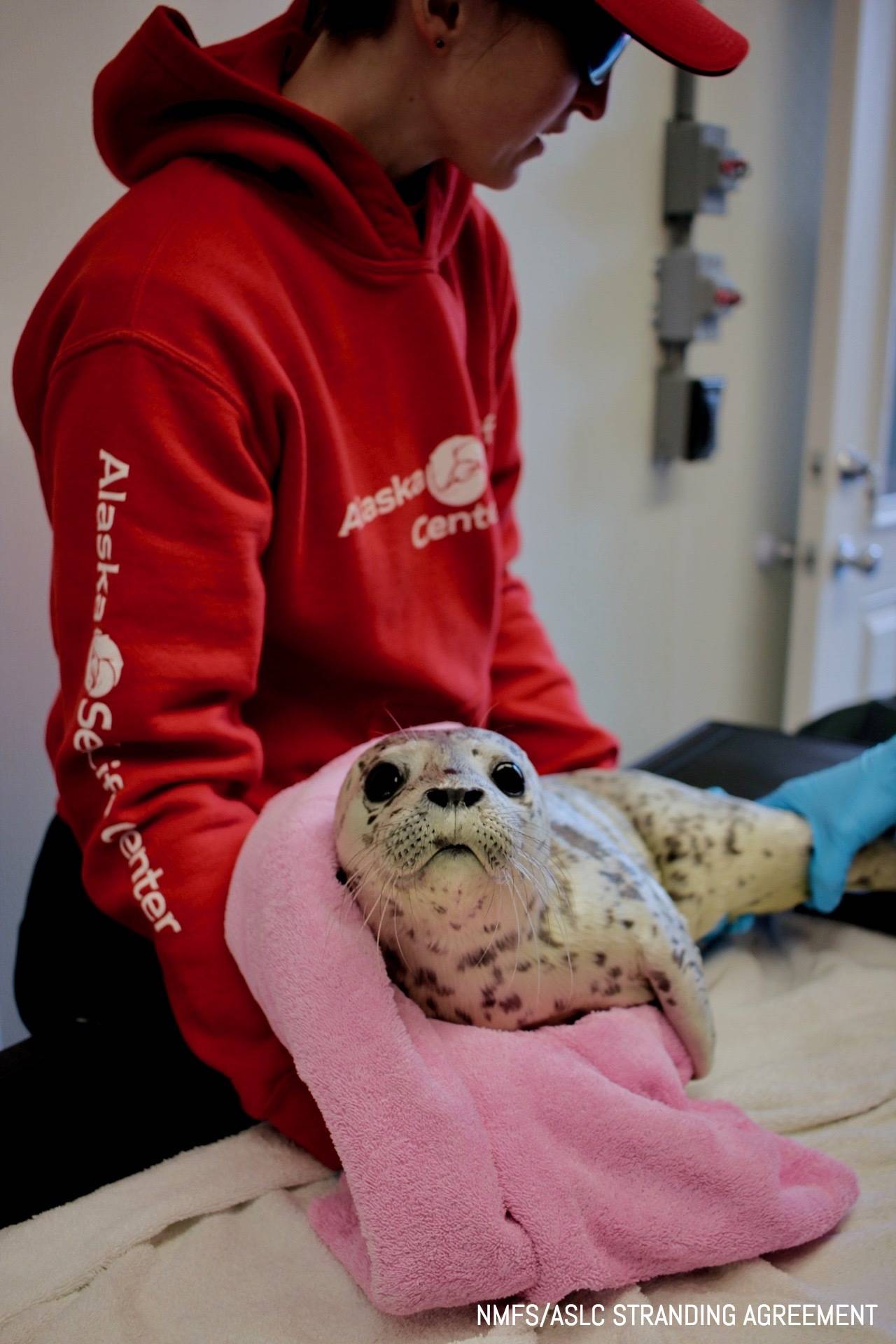The Alaska SeaLife Center in Seward has partnered with the Alaska Chadux Network to be the first responders for marine mammals affected by future oil spills in Western Alaska, a move that has greatly expanded the center’s service area.
The partnership was announced on Thursday in a joint press release from the SeaLife Center and the Alaska Chadux network.
“We have been working on leveraging our unique response systems into an oiled marine mammal response program that not only meets the requirements of various state and federal agencies but also of those companies who benefit from our oil spill preparedness and response capabilities,” Chadux Network President and CEO Buddy Custard said in the release. “Our experience confirms that collaborating with professional organizations such as the Alaska SeaLife Center is the most effective way to sustain specialized services in our oil spill response inventory.”
Custard told the Clarion on Friday that the partnership is “groundbreaking.”
“We’re very excited about this,” Custard said. “We are now extending wildlife rehabilitation all the way out to Western Alaska. And as you know Alaska is home to many species that are endangered or threatened, so we want to make sure we can protect those species for generations to come.”
Western Alaska, Custard said, incorporates the coastline from Point Barrow in the northernmost region of the state all the way down to the end of the Aleutian Islands chain. The partnership with the SeaLife Center comes at a time when shipping in activity in the region is expected to increase, as the Arctic ice continues to melt and recede.
“Because the sea ice is receding, that’s expanding shipping lanes up north,” Custard said. “Which means there’s going to be more and more encounters up there with marine mammals and shipping, as well as an increased risk of a potential oil spill up in those regions.”
Chip Arnold, who is the COO of the SeaLife Center and has been the administrator of its oil spill response program for about 11 years, said that center did not have the capability to respond to oil spills when it was first created in 1998. Because the SeaLife Center is the only authorized marine mammal stranding facility in the state, however, personnel knew that they would be responding to oil spills at some point, Arnold said.
“Around 2010, we started interacting with Alaska Clean Seas, another organization that responds to oil spills,” Arnold said. “We knew we would be involved. It was never a question of if we were going to respond. We are going to respond.”
Since that time, Arnold said, the SeaLife Center has developed the infrastructure and the personnel to treat marine mammals affected by oil spills, including eight mobile conex containers for transportation and a specialized cleaning station at the center’s facility in Seward.
Arnold said that SeaLife Center wouldn’t be hiring any additional personnel as part of the partnership with the Chadux network, instead calling upon the more than 430 qualified responders across the country that the SeaLife Center has helped train over the last several years. In the event of an oil spill, Arnold said, these qualified responders are ready to “drop everything” on short notice and fly to Alaska to assist with relief efforts.
Reach reporter Brian Mazurek at bmazurek@peninsulaclarion.com.

